Mood boards in garden design have gained popularity as a creative tool for assembling ideas and inspiration. Initially a staple in the fashion and interior design worlds, mood boards now serve as a valuable resource for homeowners seeking a coherent vision for their outdoor spaces. By compiling images, textures, colors, and plant options on a board, one can piece together a desired aesthetic before plunging into the actual landscaping. Though this method may seem overwhelming to novices, it is in fact an accessible and enjoyable approach to garden planning. Infuse your garden with your personal style by embracing mood boards and watch your unique vision come to life.
Garden design inspiration board. Incorporate elements like a firepit, vertical gardens, and a vegetable patch for a cozy and productive outdoor space. This mix encourages both relaxation and sustainability in any garden layout. Source
Zen-inspired courtyard gardens. Incorporating elements like stone lanterns, lush greenery, and natural materials fosters tranquility and harmony in design. Source
Botanical inspiration collage featuring Distylium, Allium, Coneflower, and Fern. This mood board showcases a harmonious blend of textures and a soothing color palette, perfect for creating a tranquil moon garden atmosphere. Source
Vibrant flower arrangements and cheerful colors. This mood board encapsulates the joy and serenity of a blooming garden, ideal for inspiring a tranquil outdoor space. Source
Elegant garden party inspiration: vibrant florals, outdoor dining settings, and festive drinks. This combination captures the essence of celebration and natural beauty, perfect for mood board design. Source
Lush greenery and calming water features. This mood board incorporates natural elements and serene designs, ideal for creating a tranquil outdoor space. Source
Serene garden retreat with water features and lush greenery. This design promotes tranquility and harmony through natural elements and thoughtful landscaping. Source
Lotus decor inspiration with pink and gold elements. The blend of lotus motifs, traditional vessels, and soft colors evokes a serene and celebratory ambiance perfect for garden design. Source
Nostalgic garden cozy ambiance. Incorporating elements like vintage tableware, floral patterns, and rustic furniture enhances the inviting feel of the space. Source
Floral arrangement mood board featuring vibrant blooms and modern seating. This design captures the essence of celebration and nature, perfect for garden-inspired events. Source
Color palette inspiration. Capture soft pinks, deep purples, and vibrant greens to create a harmonious garden design. This color scheme evokes a serene and inviting atmosphere. Source
Elegant tablescapes with lush greenery and soft florals. This setting creates a serene and romantic atmosphere, perfect for intimate gatherings or garden weddings. Source
Diverse garden design inspirations. Incorporate elements like stone pathways, water features, and vibrant plantings. This combination fosters tranquility and enhances outdoor aesthetics. Source
Elegant outdoor space. Incorporate features like a stenciled concrete fire pit and built-in seating to enhance comfort and style. Source
Plant Variety Selection
Choosing the right plants can totally transform a garden vibe. Think about mixing perennials with annuals for year-round blooms and incorporating different textures. Don't forget to include native plants; they require less maintenance and attract local wildlife.
Color Palette Coordination
Choosing a color palette for your garden can totally transform the vibe of the space. Think about how different shades complement each other; bright blooms can pop against deep greens, while softer pastels create a tranquil feel. Don't forget about seasonal changes; mixing annuals and perennials ensures there's always something in bloom, keeping that color game strong year-round.
Textural Elements Combination
Mixing different textures in garden design can really bring the space to life. Think about combining soft, feathery plants with rough, spiky ones for that visual interest. Add in some smooth stones or rustic wood features, and you've got a garden that feels inviting and dynamic.
Functional Zones Layout
Creating functional zones in garden design makes everything more practical and enjoyable. Think about placing seating areas near cooking spots or play zones for kids close to your relaxation nook. This way, every part of the garden serves a purpose while keeping the flow natural and inviting.
Hardscape Material Choices
When picking hardscape materials for your garden, think about durability and aesthetics. Stone, brick, and concrete can all give a unique vibe, so it's key to choose what matches your overall style. Don't forget about maintenance; some materials require more upkeep than others, so consider how hands-on you want to be.
Lighting Design Concepts
Lighting can totally transform a garden vibe, right? Think about using string lights for a cozy feel, or path lighting to guide the way at night. Highlighting specific plants with spotlights can really make them pop and create a magical atmosphere.
Climate Considerations
When designing a garden, climate plays a huge role in what plants will thrive. You want to look at factors like temperature, rainfall, and sunlight to choose the right species. Adapting your design to local conditions ensures a vibrant and sustainable garden that needs less maintenance.
Mood boards play a crucial role in garden design by serving as a visual tool to convey the intended aesthetics and atmosphere of a space. They allow garden designers to compile a collage of images, textures, colors, and materials that reflect their vision and inspire creativity, effectively communicating ideas to clients and collaborators. The process of creating a mood board helps refine concepts, ensuring that all design elements resonate cohesively, ultimately resulting in a well-planned and harmonious garden that fulfills the desired emotional impact and functional purpose.

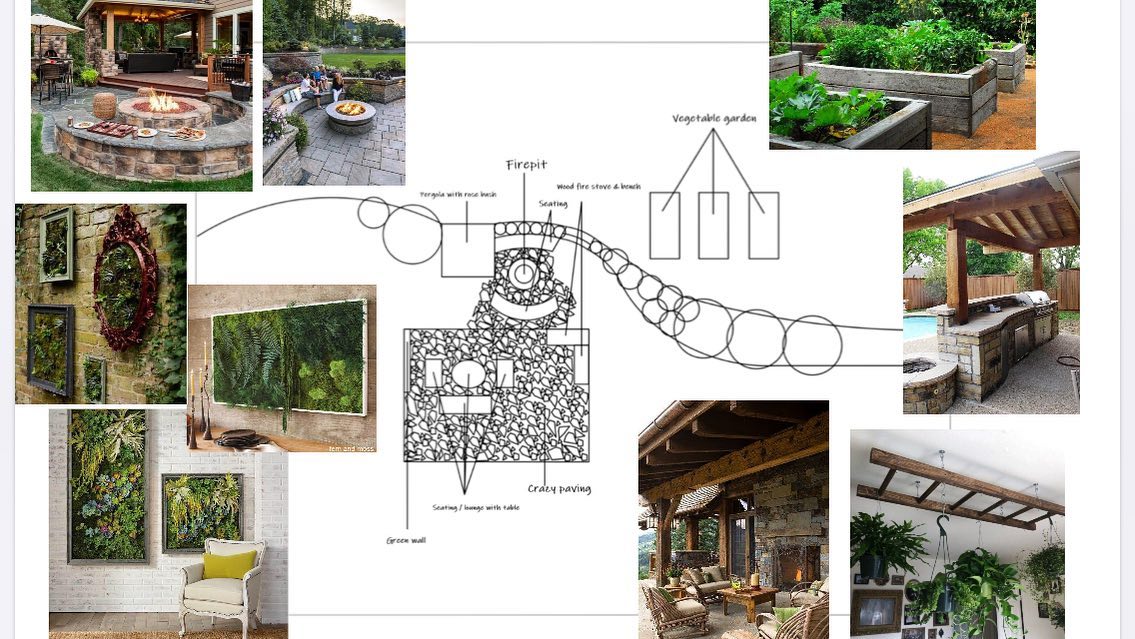
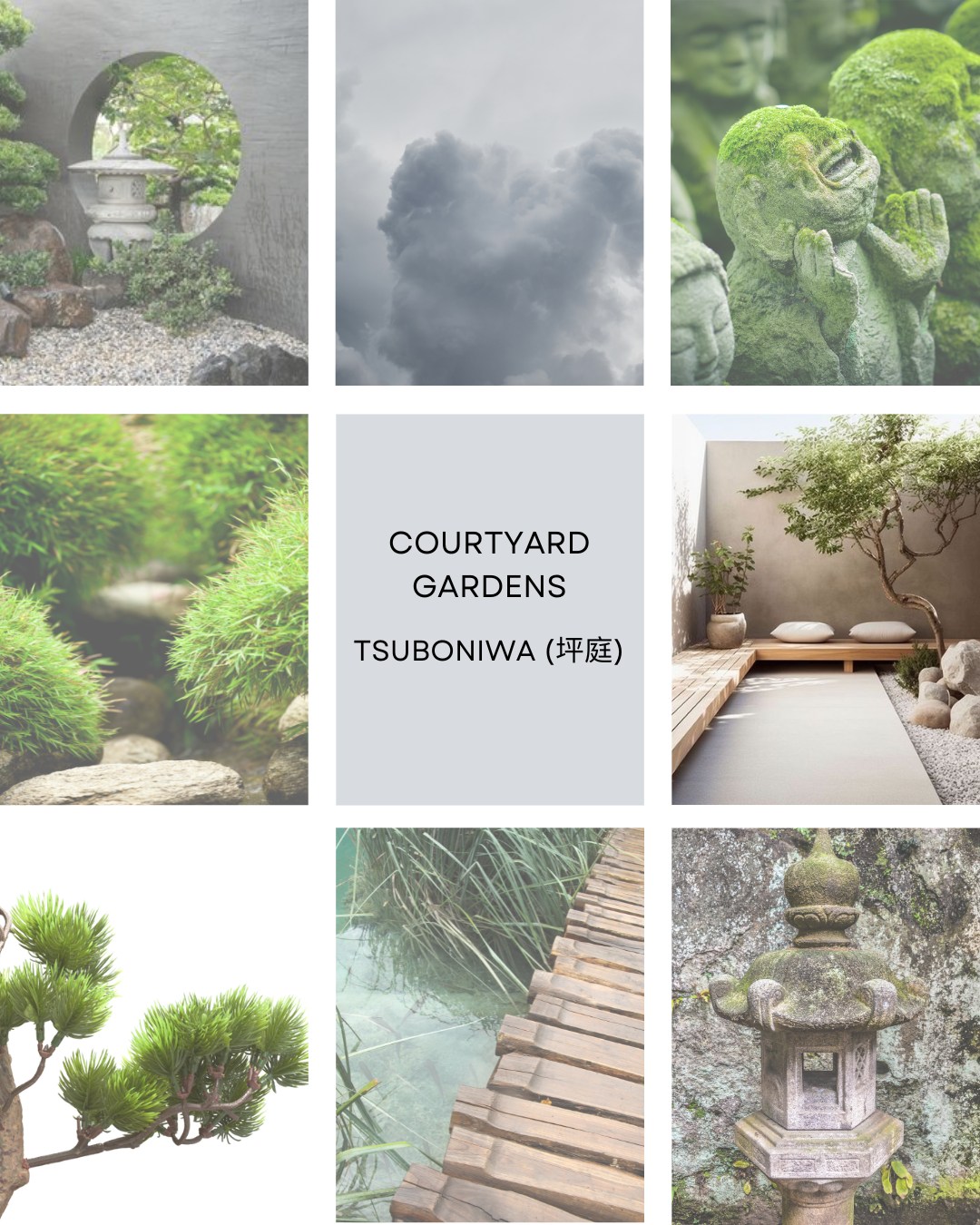
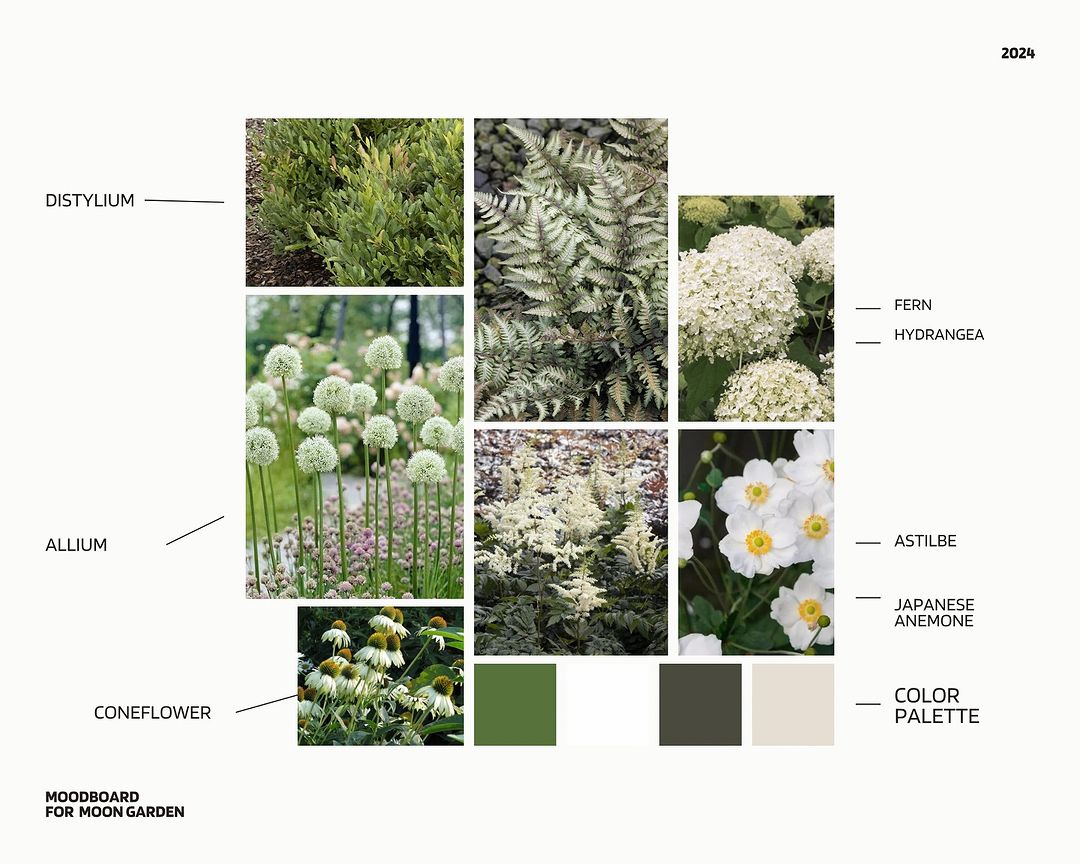
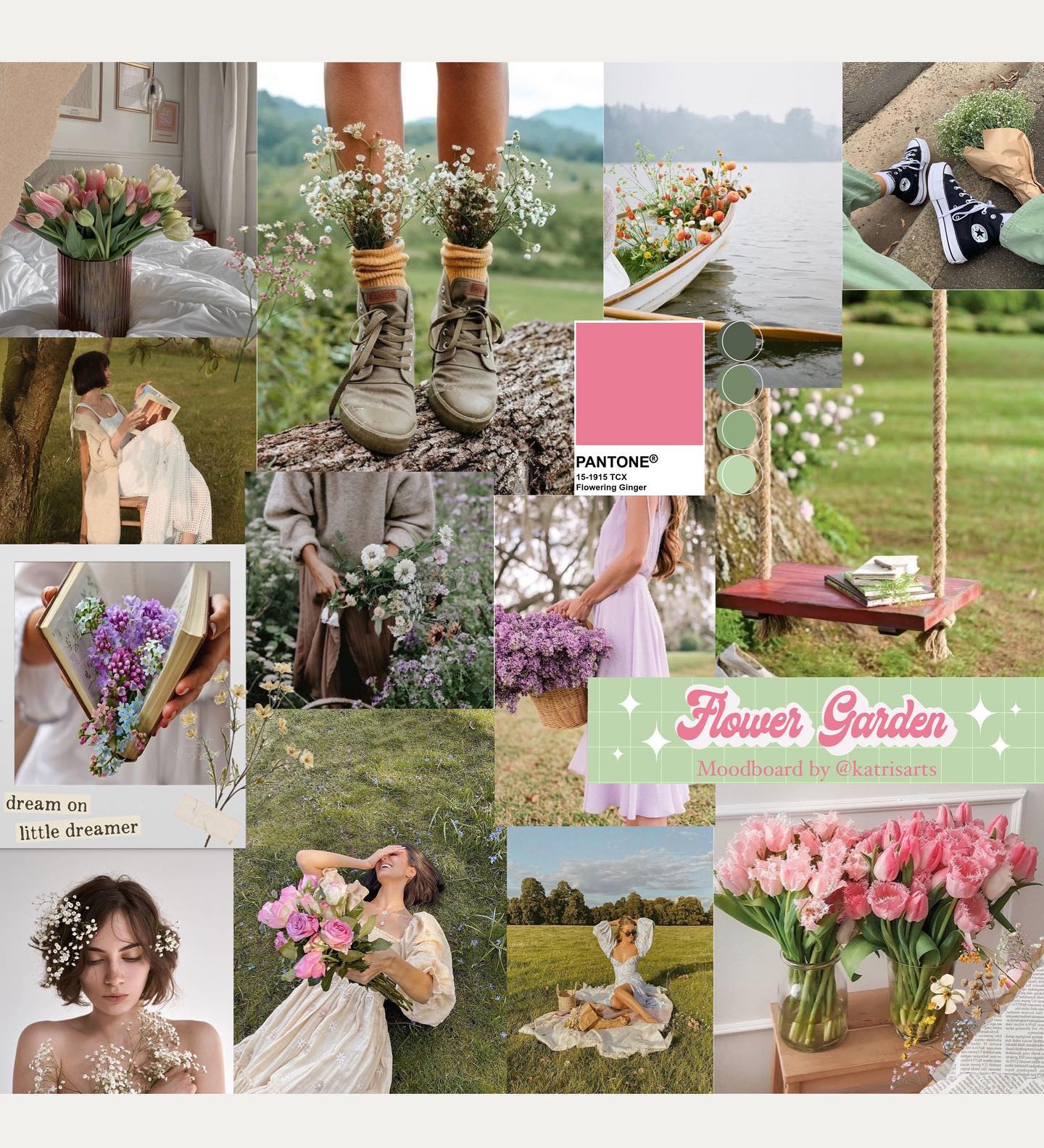
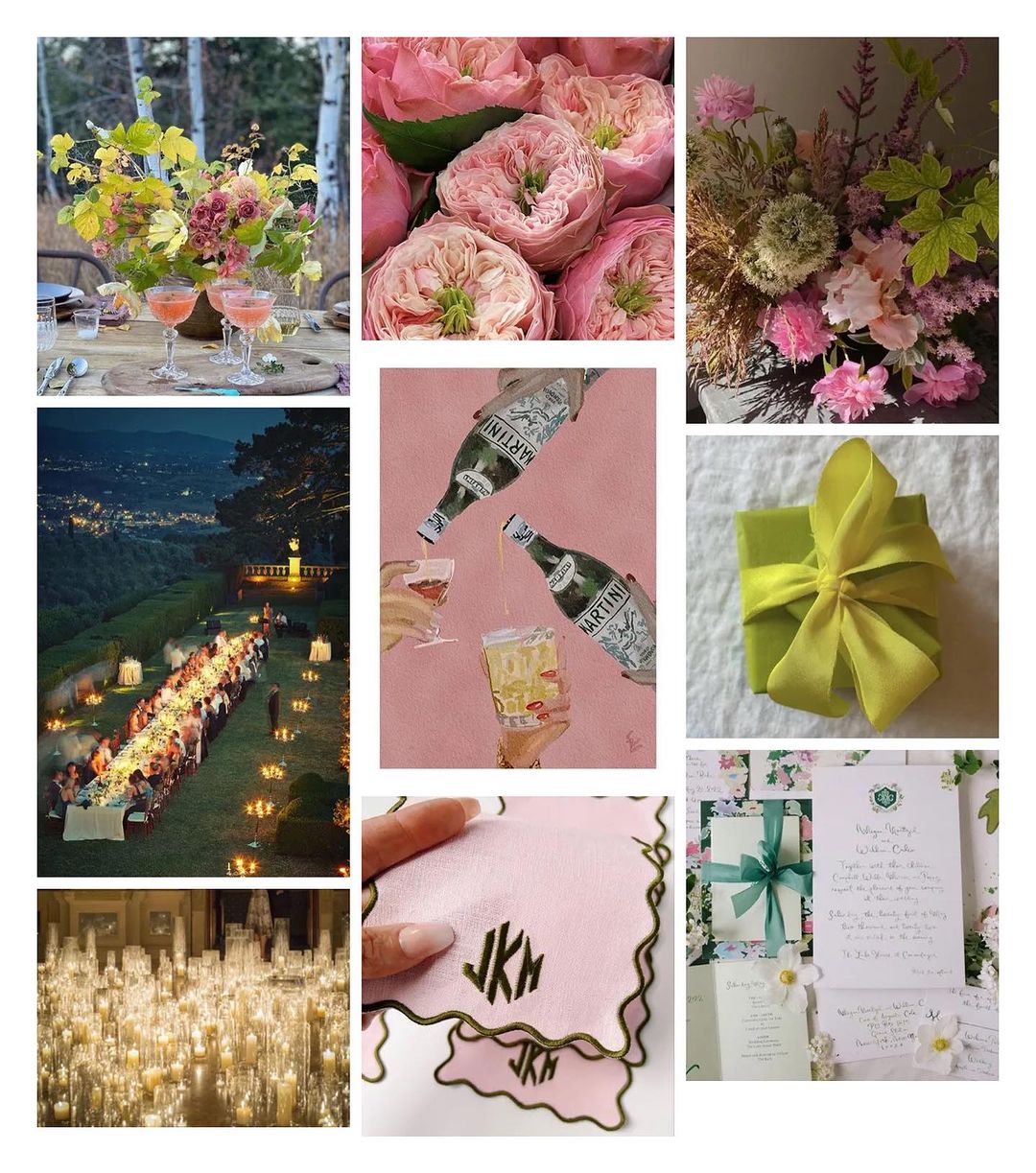

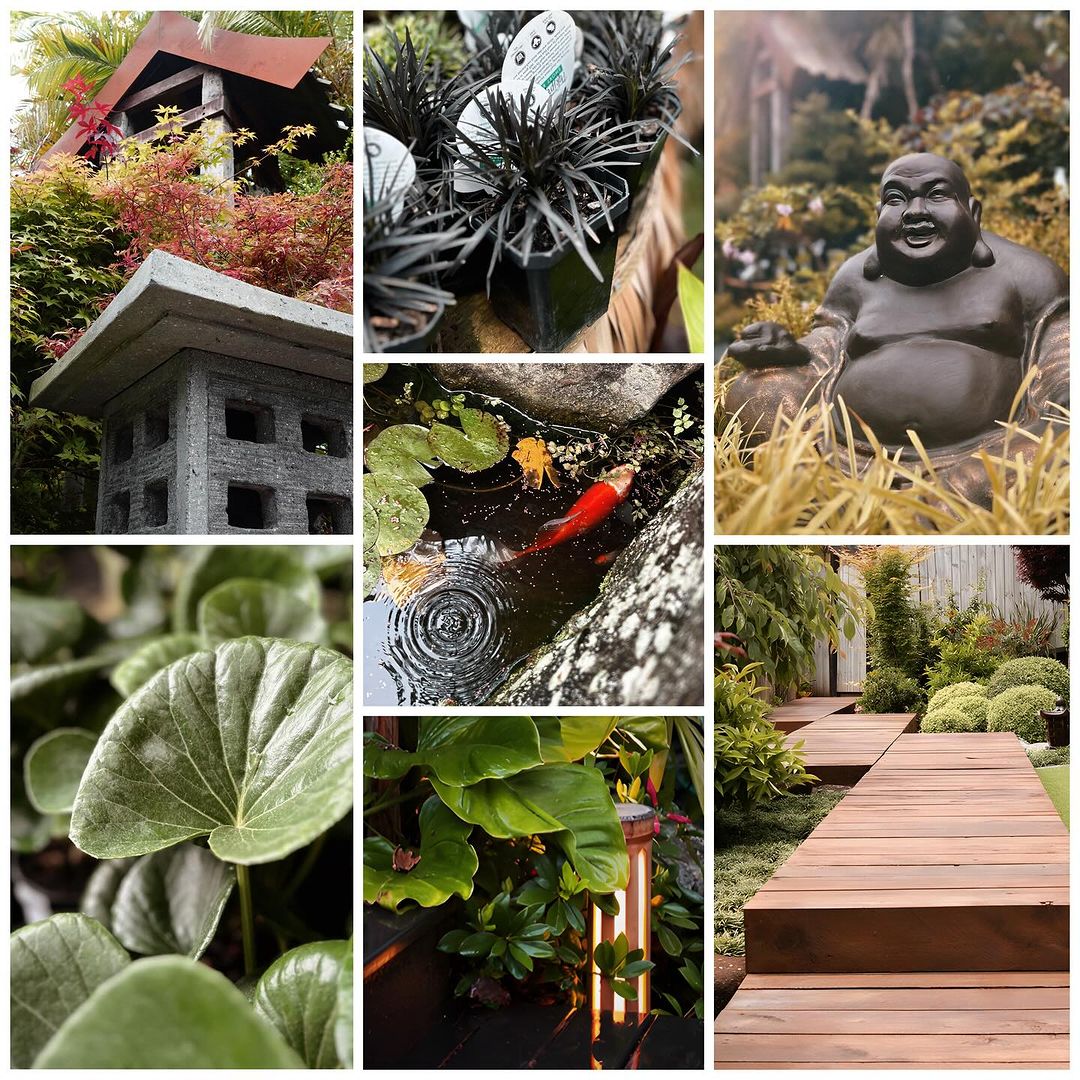


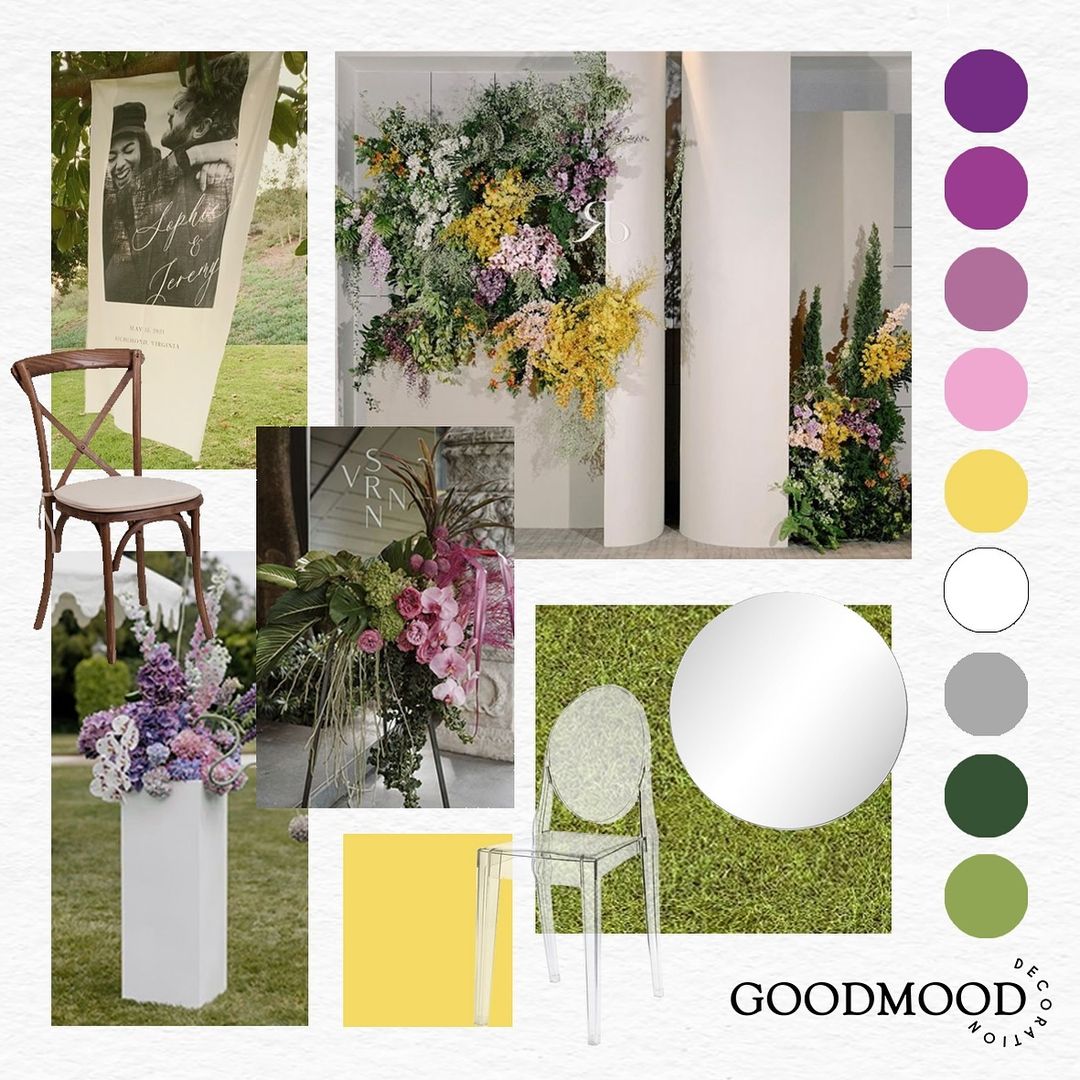
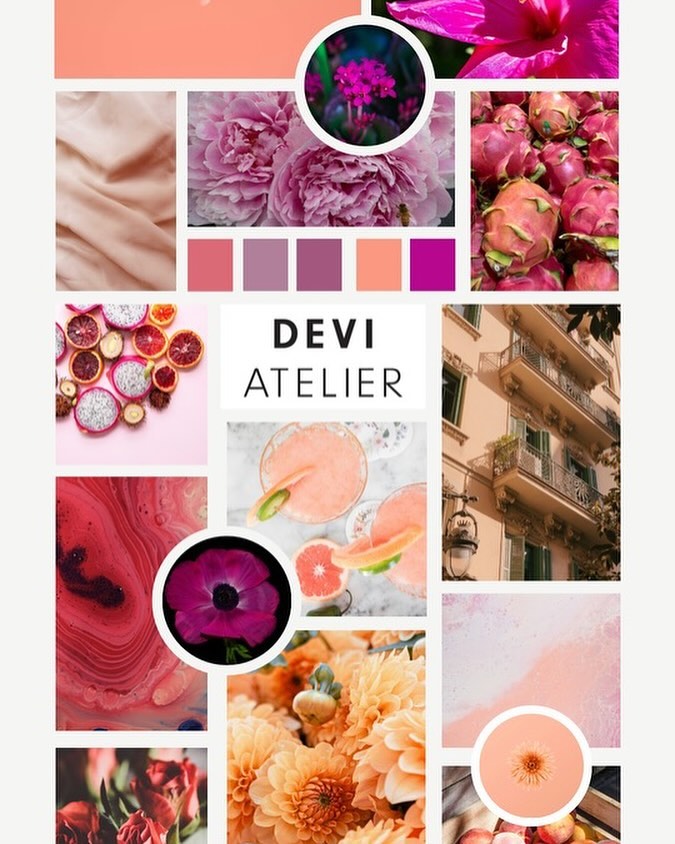
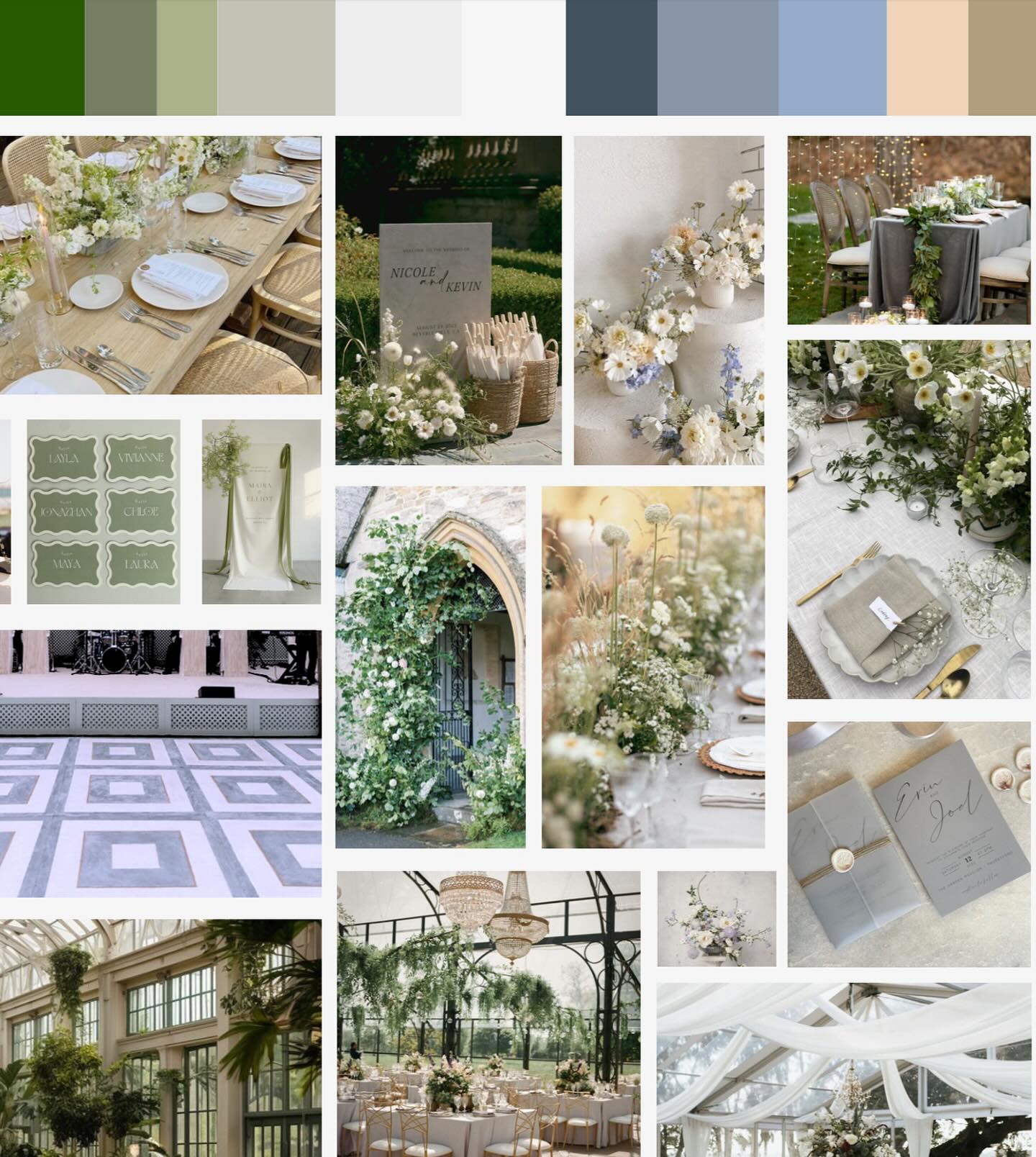
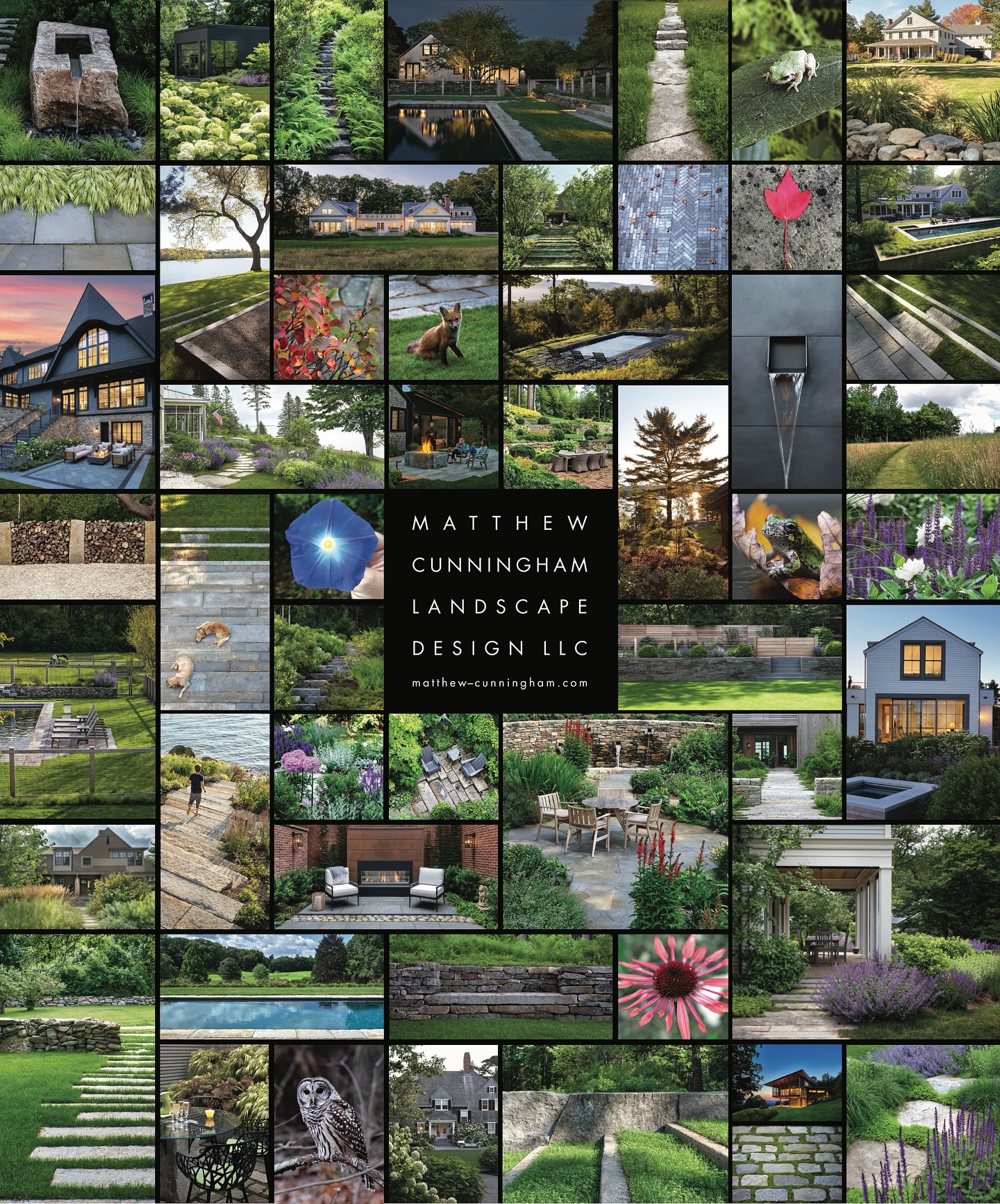
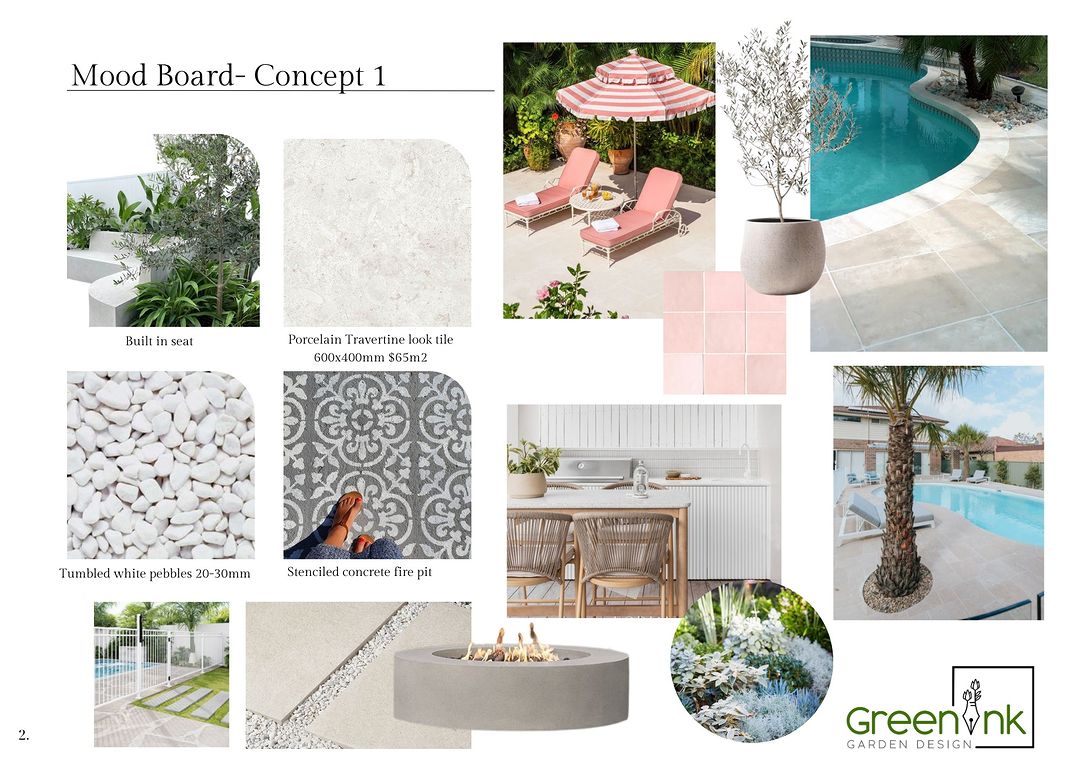

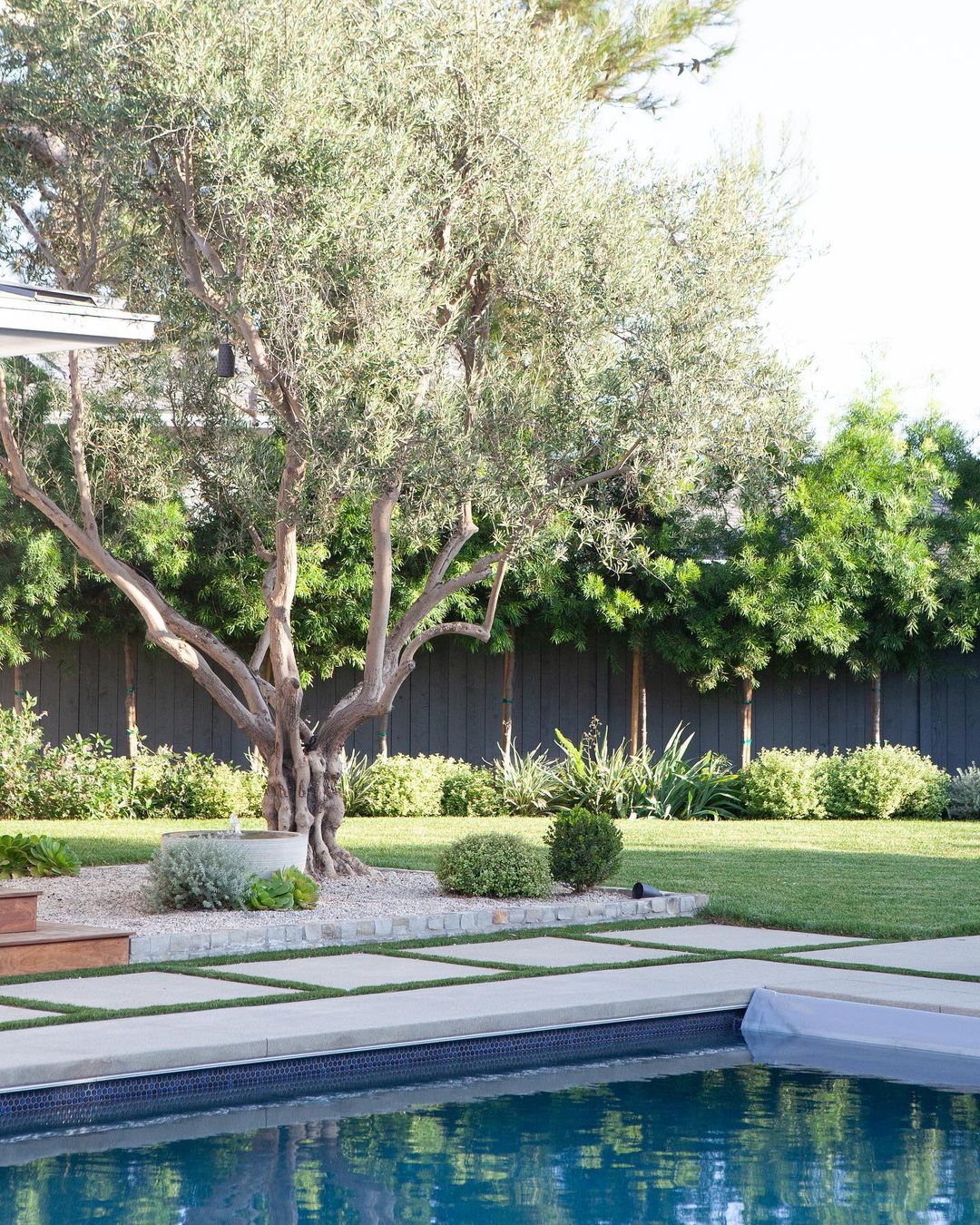
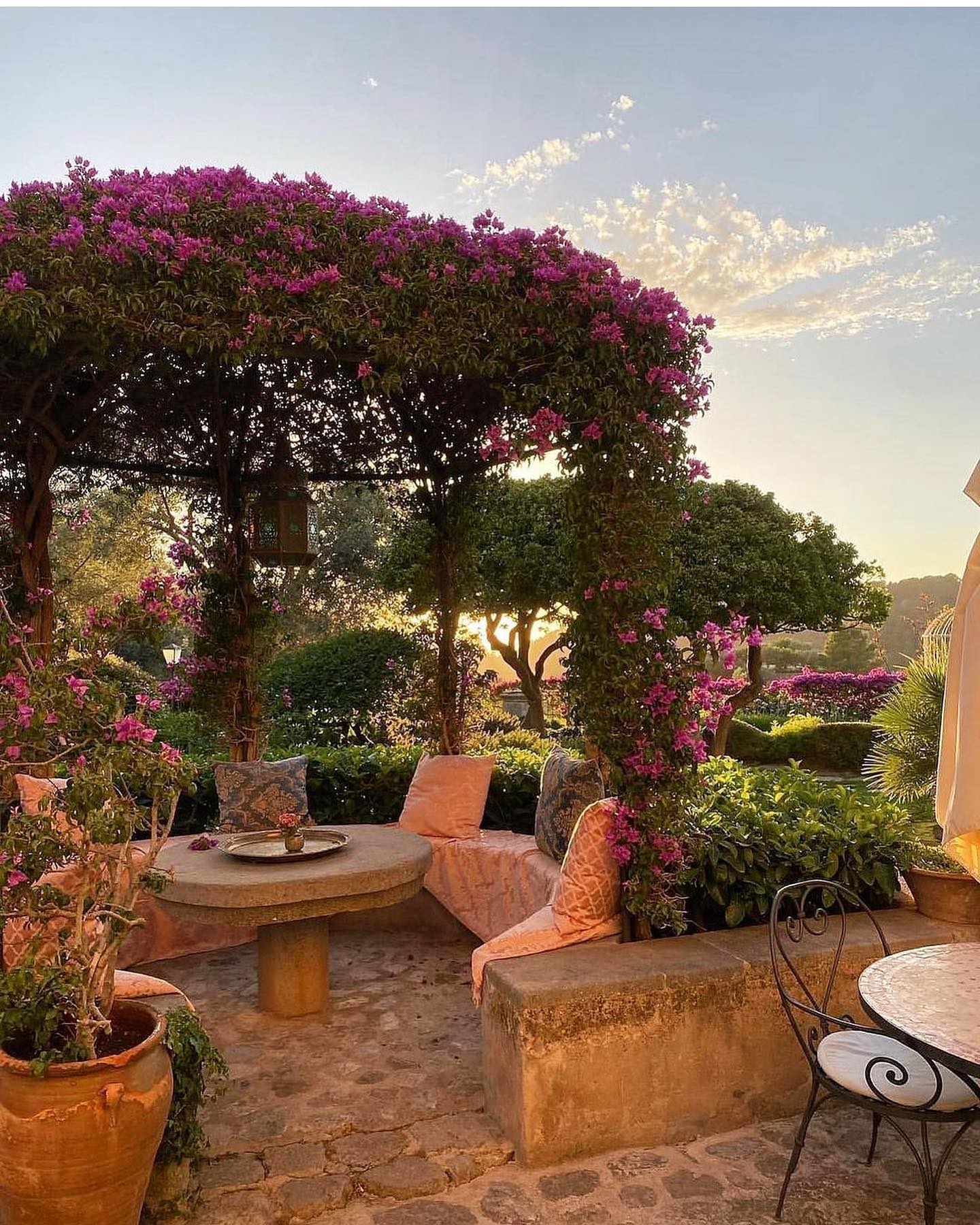
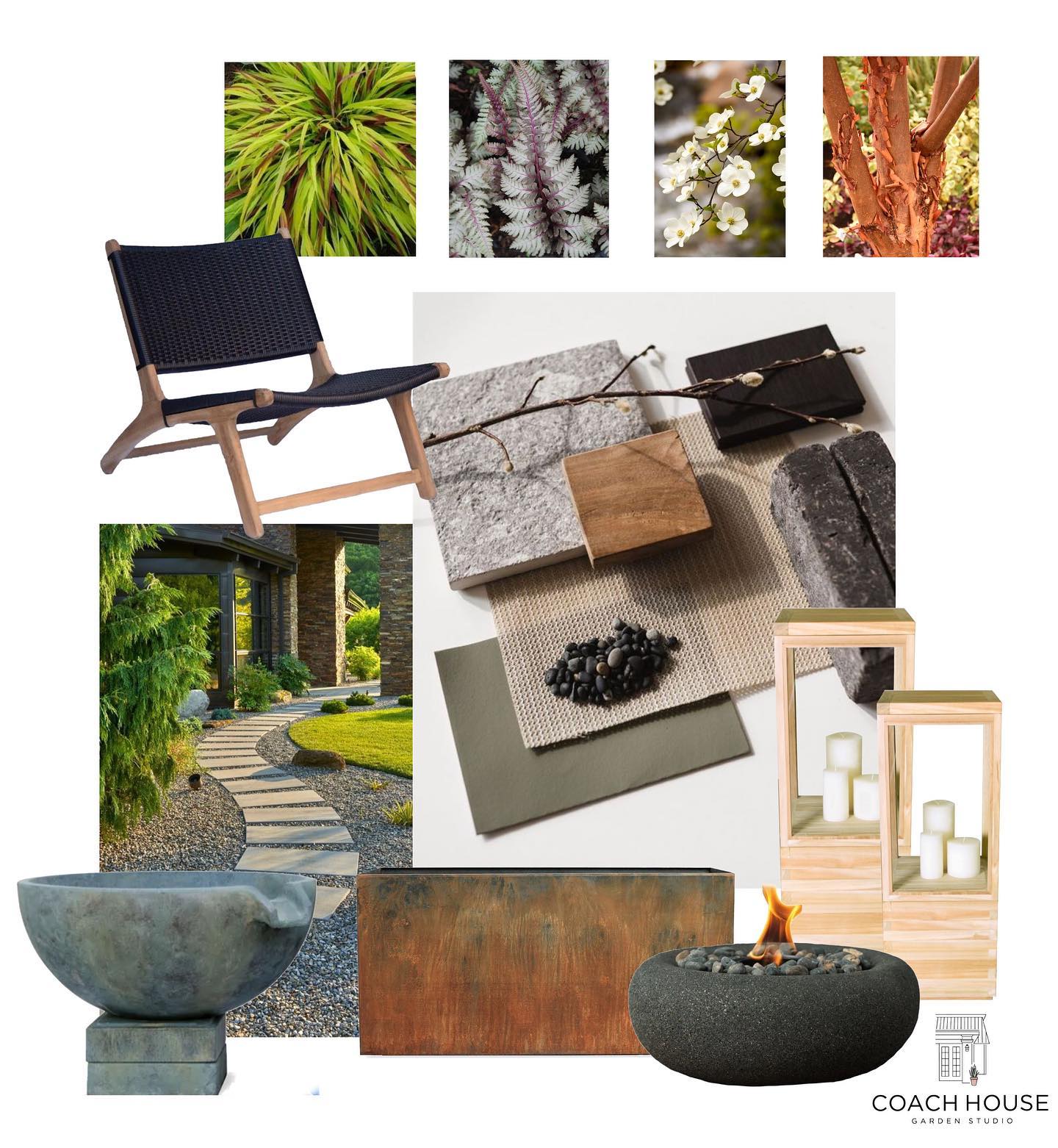

Comments